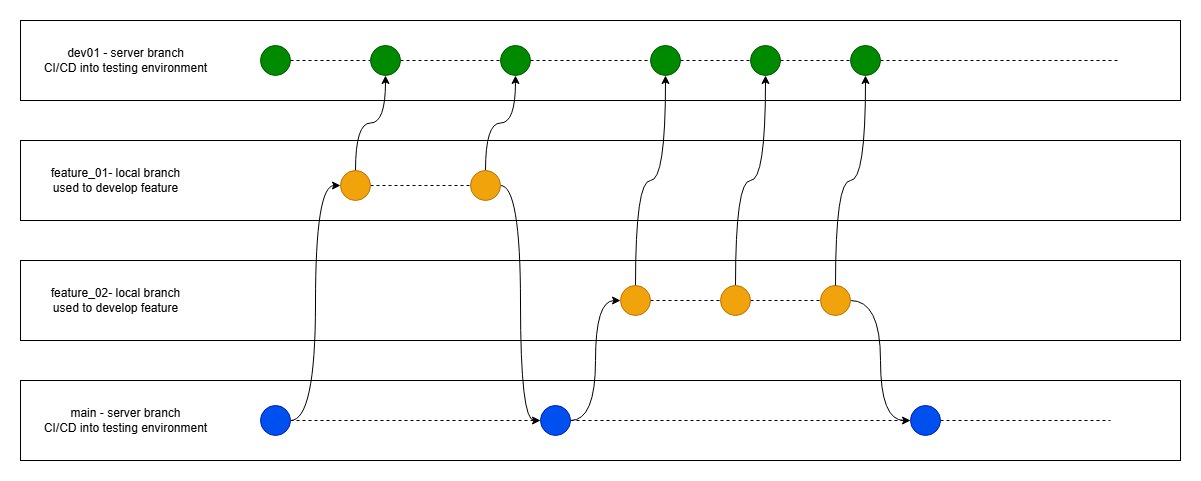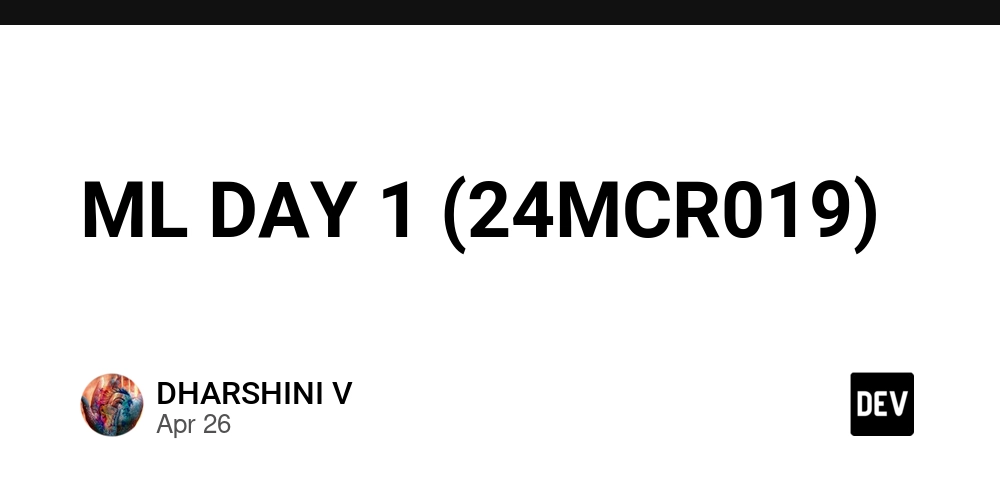What Are Some Advanced Features Of Groovy in 2025?
In the programming world, Groovy has long been recognized for its agility and versatility on the Java platform. As we move into 2025, Groovy continues to offer a plethora of advanced features that make it a compelling choice for developers building modern applications. Let's explore some of these advanced features and how they contribute to the continued success of Groovy. 1. Enhanced Syntax and Language Features Groovy has always been appreciated for its succinct syntax, and in 2025, further enhancements have made Groovy scripts even more readable and concise. New shorthand notations and improved control structures allow developers to express complex logic with minimal code, making Groovy an even more potent tool for rapid development. 2. Improved Performance through Static Compilation Static compilation has been a game-changer for Groovy, offering performance benefits closer to that of Java. In 2025, the static type-checking and compilation mechanisms have been refined, ensuring that Groovy scripts can be compiled to highly optimized bytecode. This advancement makes Groovy an excellent choice for performance-critical applications where execution speed is paramount. 3. Integration with Modern Development Tools In 2025, Groovy seamlessly integrates with a variety of modern development environments and tools. Whether you're implementing automated testing scripts or developing robust web applications, Groovy's compatibility with tools such as AEM Groovy Console and comprehensive support for frameworks makes it a versatile option for developers. 4. Enhanced Support for Reactive Programming With the rise of reactive programming paradigms to handle asynchronous and non-blocking operations, Groovy has expanded its support for reactive APIs. This feature ensures that developers can write clean, responsive, and highly scalable applications, especially for microservices architectures and cloud-native environments. 5. Advanced Groovy Script Debugging A significant aspect of developing in any scripting language is the ability to effectively debug and troubleshoot scripts. In 2025, Groovy offers advanced debugging capabilities that streamline the process of identifying and fixing issues in Groovy scripts. For more detailed strategies on debugging, here is an insightful guide on Groovy Script Debugging. 6. Integration with Testing Frameworks Groovy has further solidified its role in test automation by enhancing its integration with popular testing frameworks. Coupled with tools like Pytest, developers can write robust and efficient testing scripts, ensuring comprehensive test coverage and easier maintenance of codebases. 7. Robust Metaprogramming Capabilities Metaprogramming continues to be a strong feature of Groovy, enabling developers to write highly dynamic code. In 2025, Groovy provides even more refined metaprogramming capabilities, making it possible to modify and enhance classes and methods on the fly with ease, offering unmatched flexibility in designing dynamic applications. Conclusion The advanced features introduced and refined in Groovy by 2025 confirm its position as a powerful, agile, and highly adaptable language. Whether you're building enterprise applications or small-scale projects, Groovy's evolving capabilities provide the tools necessary for crafting efficient, innovative, and future-proof software solutions. Embracing these enhancements will undoubtedly lead to greater productivity and success in your development endeavors. This article is SEO-optimized with specific elements like headings, bullet points, and relevant links to external articles on related Groovy topics for additional reading and greater context.

In the programming world, Groovy has long been recognized for its agility and versatility on the Java platform. As we move into 2025, Groovy continues to offer a plethora of advanced features that make it a compelling choice for developers building modern applications. Let's explore some of these advanced features and how they contribute to the continued success of Groovy.
1. Enhanced Syntax and Language Features
Groovy has always been appreciated for its succinct syntax, and in 2025, further enhancements have made Groovy scripts even more readable and concise. New shorthand notations and improved control structures allow developers to express complex logic with minimal code, making Groovy an even more potent tool for rapid development.
2. Improved Performance through Static Compilation
Static compilation has been a game-changer for Groovy, offering performance benefits closer to that of Java. In 2025, the static type-checking and compilation mechanisms have been refined, ensuring that Groovy scripts can be compiled to highly optimized bytecode. This advancement makes Groovy an excellent choice for performance-critical applications where execution speed is paramount.
3. Integration with Modern Development Tools
In 2025, Groovy seamlessly integrates with a variety of modern development environments and tools. Whether you're implementing automated testing scripts or developing robust web applications, Groovy's compatibility with tools such as AEM Groovy Console and comprehensive support for frameworks makes it a versatile option for developers.
4. Enhanced Support for Reactive Programming
With the rise of reactive programming paradigms to handle asynchronous and non-blocking operations, Groovy has expanded its support for reactive APIs. This feature ensures that developers can write clean, responsive, and highly scalable applications, especially for microservices architectures and cloud-native environments.
5. Advanced Groovy Script Debugging
A significant aspect of developing in any scripting language is the ability to effectively debug and troubleshoot scripts. In 2025, Groovy offers advanced debugging capabilities that streamline the process of identifying and fixing issues in Groovy scripts. For more detailed strategies on debugging, here is an insightful guide on Groovy Script Debugging.
6. Integration with Testing Frameworks
Groovy has further solidified its role in test automation by enhancing its integration with popular testing frameworks. Coupled with tools like Pytest, developers can write robust and efficient testing scripts, ensuring comprehensive test coverage and easier maintenance of codebases.
7. Robust Metaprogramming Capabilities
Metaprogramming continues to be a strong feature of Groovy, enabling developers to write highly dynamic code. In 2025, Groovy provides even more refined metaprogramming capabilities, making it possible to modify and enhance classes and methods on the fly with ease, offering unmatched flexibility in designing dynamic applications.
Conclusion
The advanced features introduced and refined in Groovy by 2025 confirm its position as a powerful, agile, and highly adaptable language. Whether you're building enterprise applications or small-scale projects, Groovy's evolving capabilities provide the tools necessary for crafting efficient, innovative, and future-proof software solutions. Embracing these enhancements will undoubtedly lead to greater productivity and success in your development endeavors.
This article is SEO-optimized with specific elements like headings, bullet points, and relevant links to external articles on related Groovy topics for additional reading and greater context.






































































































































































![[The AI Show Episode 145]: OpenAI Releases o3 and o4-mini, AI Is Causing “Quiet Layoffs,” Executive Order on Youth AI Education & GPT-4o’s Controversial Update](https://www.marketingaiinstitute.com/hubfs/ep%20145%20cover.png)



























































































































![[DEALS] Microsoft 365: 1-Year Subscription (Family/Up to 6 Users) (23% off) & Other Deals Up To 98% Off – Offers End Soon!](https://www.javacodegeeks.com/wp-content/uploads/2012/12/jcg-logo.jpg)




![From Art School Drop-out to Microsoft Engineer with Shashi Lo [Podcast #170]](https://cdn.hashnode.com/res/hashnode/image/upload/v1746203291209/439bf16b-c820-4fe8-b69e-94d80533b2df.png?#)








































































































(1).jpg?#)
































_Inge_Johnsson-Alamy.jpg?width=1280&auto=webp&quality=80&disable=upscale#)


















































































































![New Apple iPad mini 7 On Sale for $399! [Lowest Price Ever]](https://www.iclarified.com/images/news/96096/96096/96096-640.jpg)
![Apple to Split iPhone Launches Across Fall and Spring in Major Shakeup [Report]](https://www.iclarified.com/images/news/97211/97211/97211-640.jpg)
![Apple to Move Camera to Top Left, Hide Face ID Under Display in iPhone 18 Pro Redesign [Report]](https://www.iclarified.com/images/news/97212/97212/97212-640.jpg)
![Apple Developing Battery Case for iPhone 17 Air Amid Battery Life Concerns [Report]](https://www.iclarified.com/images/news/97208/97208/97208-640.jpg)


































































































